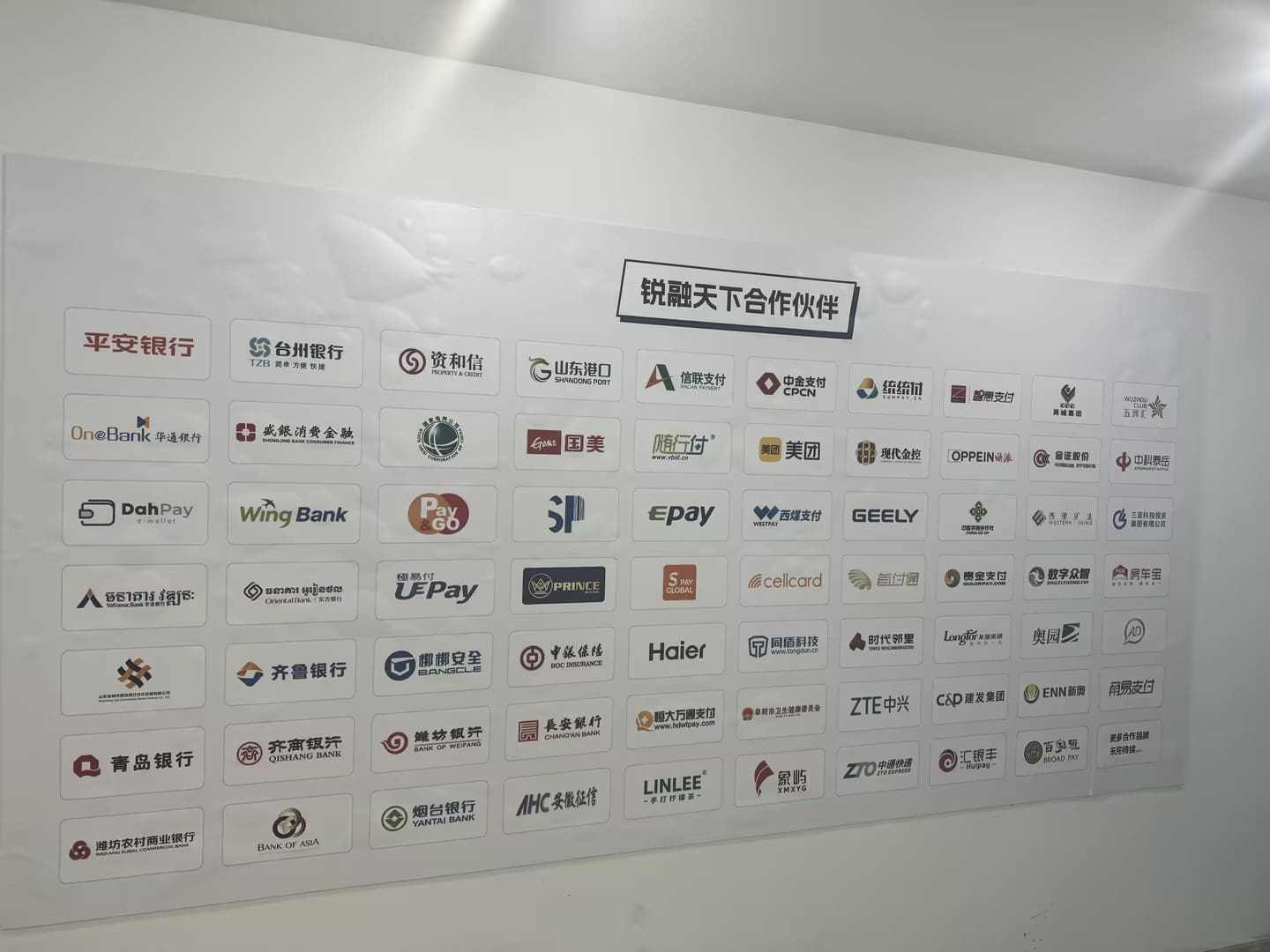Robust Architectures and Protocols for Secure Mobile Payment Systems
In the evolving landscape of mobile transactions, ensuring secure payments is paramount. Here, we delve into the intricate world of mobile payment systems, exploring the architecture and protocols that safeguard these transactions.
The Foundation: Secure Network Architectures
At the core of any secure mobile payment system lies a robust network architecture. By leveraging a combination of encryption, tokenization, and secure communication channels, these architectures fortify the infrastructure against potential threats.
Protocols Driving Security
Protocols such as TLS (Transport Layer Security) and EMV (Europay, Mastercard, and Visa) serve as the backbone of secure mobile payments. These protocols establish secure connections between devices and payment gateways, encrypting sensitive data and thwarting malicious attacks.
Challenges and Solutions
One of the primary challenges in mobile payment security is ensuring end-to-end encryption. To address this, technologies like tokenization replace sensitive data with unique tokens, preventing unauthorized access to card details.
Future Perspectives
As mobile payment systems continue to evolve, so must their security measures. Embracing technologies like biometric authentication and blockchain can further enhance the security of transactions, paving the way for a more secure digital payment landscape.
Conclusion
With the ever-increasing dependency on mobile payments, the importance of robust architectures and protocols cannot be overstated. By proactively addressing security challenges and embracing innovative solutions, we can ensure a safe and seamless mobile payment experience for users worldwide.

 Arabic
Arabic Dutch
Dutch French
French German
German Italian
Italian Portuguese
Portuguese Russian
Russian Spanish
Spanish












